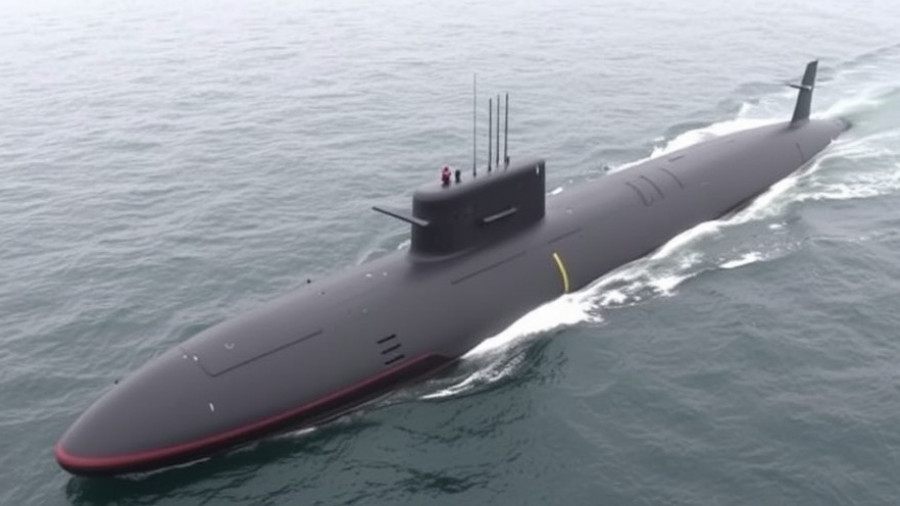
UK Ministry of Defence Teams Up with Lloyd’s Register for Submarine Support
The UK Ministry of Defence (MoD) has recently granted a 12-month in-service support contract to Lloyd’s Register (LR), marking a significant milestone for both entities. This contract, awarded via the Aurora Framework, will enable LR to deploy surveyors to His Majesty’s Naval Base Clyde. Their presence will directly assist the Royal Navy’s submarine fleet in ensuring the ongoing safety and readiness of their operational capabilities.
The Role of Lloyd’s Register in Submarine Maintenance
Lloyd’s Register, headquartered in London, boasts a long history of providing classification and compliance services across marine and offshore sectors worldwide. The awarded contract emphasizes their pivotal role in enhancing submarine safety within the Royal Navy. LR’s expertise will help implement a class-based assurance model for naval submarine support, an innovative approach that aims to introduce heightened standards in an area that traditionally operates outside formal classification rules.
Enhancing Local Support and Technical Expertise
In addition to field support at HMNB Clyde, LR will also be offering strategic consultancy from MoD Abbey Wood. This dual approach ensures that both local insights and technical expertise are in close alignment with the operational demands of the Royal Navy. Matthew Palmer, LR’s director for global nuclear and naval submarines, highlighted that this contact enables LR to more intricately weave its scientific and technical knowledge into the fabric of Royal Navy operations. Such integration potentially reshapes future submarine support frameworks, demonstrating LR’s commitment to supporting some of the world’s most sophisticated maritime defence systems.
The Bigger Picture: Submarine Readiness and National Security
With the escalation of global tensions, maintaining a robust and ready submarine fleet is vital for the UK’s national security. This collaboration with LR could serve as a model for how military and civilian expertise can converge to enhance operational capabilities. By utilizing LR’s professionals in the daily operations of the Royal Navy, the latter gains invaluable insights that can inform training and operational strategies, ultimately leading to a more capable and responsive fleet.
Background on the Aurora Framework
The Aurora Framework, employed for this contract, is designed to facilitate defense procurement, enabling more agile and efficient contracting processes for services that are essential to the UK’s military strategy. It fosters collaboration between the MoD and external partners, like LR, which are key to ensuring that military operations are supported by the most competent and innovative resources available.
Future Insights: Remote and Uncrewed Operations
Separately, LR has obtained authorization from the UK Maritime and Coastguard Agency (MCA) to certify remotely operated and uncrewed vessels under Annex 2 of the Workboat Code Edition 3 (WBC3). This certification underscores LR’s expansion into new frontiers of maritime operations, particularly relevant as defense strategies increasingly incorporate unmanned technology.
In Conclusion: Why This Matters for the Future
This contract solidifies LR’s role as a trusted partner for the Royal Navy, not just in supporting the day-to-day operations but also in enhancing the future of submarine maintenance and readiness. For residents in Mississippi and beyond, understanding these developments is crucial as they highlight the intersection of technology, defense, and national security. This agreement is more than just a contract; it represents a commitment to ensuring that the Royal Navy remains robustly capable in an environment characterized by rapid changes and emerging threats.
Stay informed about future advancements and strategic collaborations that may shape military operations and national safety. Engage with the latest news and updates to understand the broader implications of these developments.
 Add Row
Add Row  Add
Add 




Write A Comment